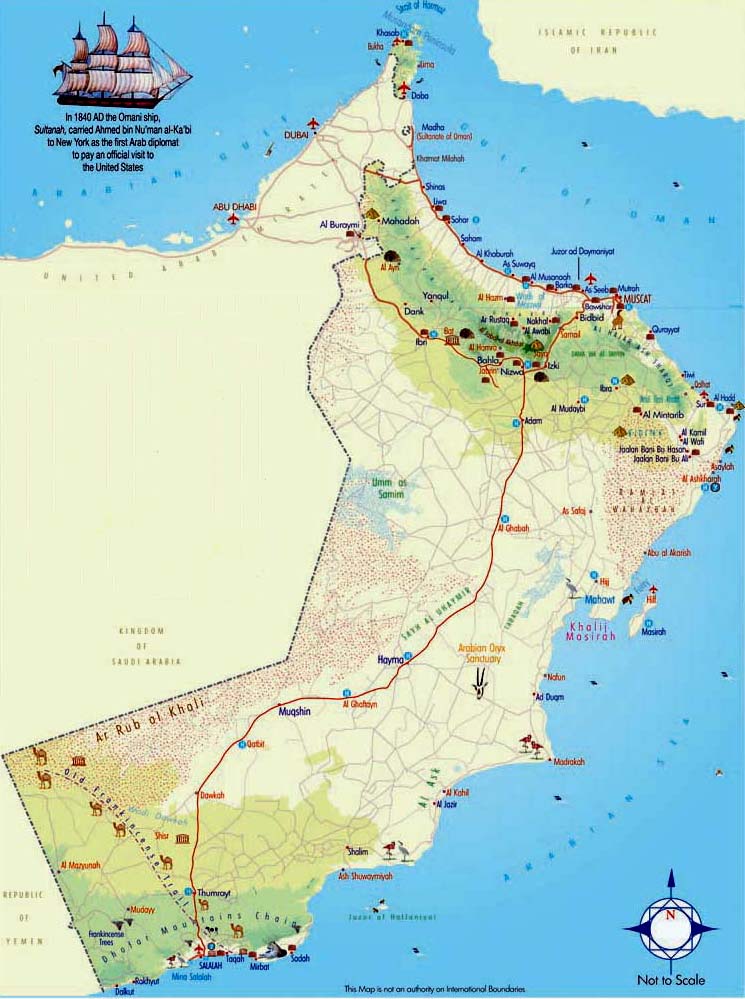-
-
- Oman Map
|
-
-

-
- Middle East Map
|
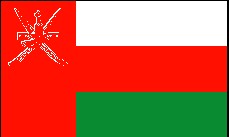
|
-
|
- latest picture: March 17, 2013
|
-
|
-
-
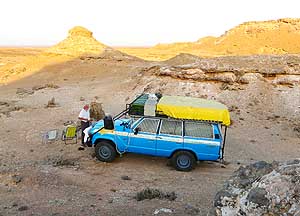
|
-
-
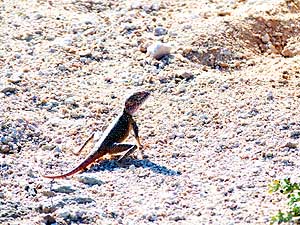
|
-
-
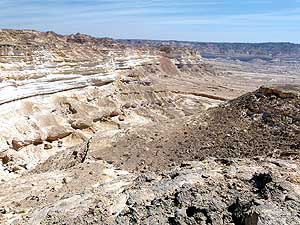
|
- 196
The water jerrycan and shower hose
- are still on the hood when the setting sun
- suffuses the rocks into a golden light on
- our camping spot near Sawqrah
|
- 197
An agama lizard (Agama agama?)
- remains stock-still when we approach it
- for taking a picture
|
- 198
On our way from Shalim to
- Wadi Shuwaymiyah an imposing
- cliff scenery unfolds
|
-
|
-
-
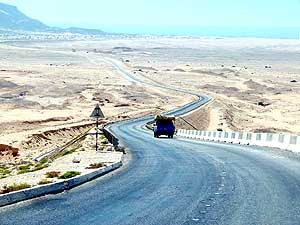
|
-
-
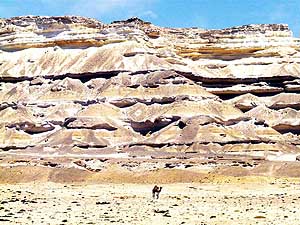
|
-
-
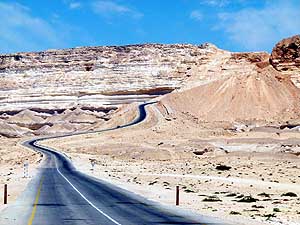
|
- 199
Our LandCruiser rolls on a good
- tarmac road southwards towards
- Kuria Muria Bay (Khalij al Hallaniyat).
- There is hardly any traffic
|
- 200
Between Shalim and Shuwaymiyah
- on the Kuria Muria Bay we admire over
- and over the impressive cliff scenery …..
|
- 201
..... and roll on the new tarmac
- road through always changing bizarre
- rock formations
|
-
|
-
-
-
-
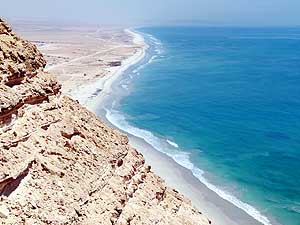
|
-
-
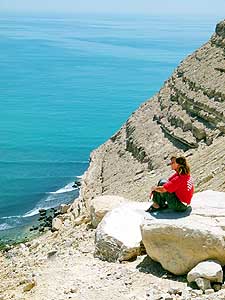
|
-
-
-
-
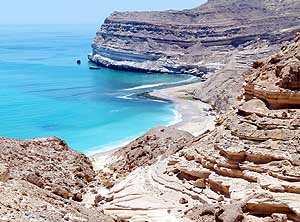
|
- 202
|
- 203
|
- 204
|
- From the newly built road (for 15 miles under construction) connecting Shuwaymiyah with
Hasik in Dhofar
- splendid views of the coast and the Arabian Sea open up showing miles of deserted
beaches and beautiful bays
|
-
|
-
-
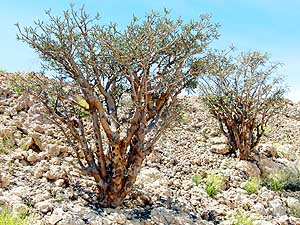
|
-
-
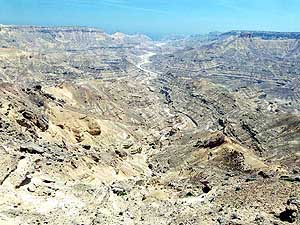
|
-
-
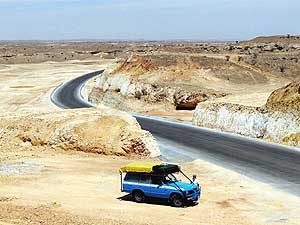
|
- 205
Frankincense trees dot the landscape
- along the newly built mountain road to
- Hasik. Frankincense from Oman was as
- highly prized as gold 2’000 years ago
|
- 206
A dry riverbed is meandering
- through the mountains towards
- the Arabian Sea (between
- Shuwaymiyah and Hasik)
|
- 207
Constantly changing mountain
- colors and the solitude mark the
- lovely drive to Hasik
|
-
|
-
-
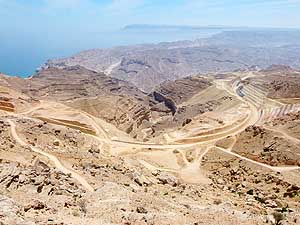
|
-
-
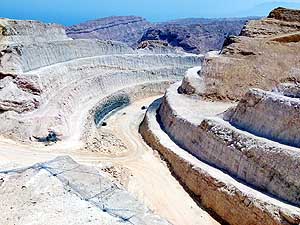
|
-
-
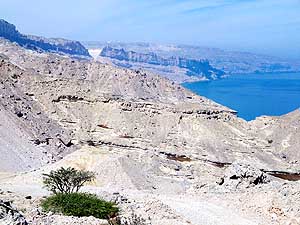
|
- 208
Mid-march 2003 15 miles of the
- mountainous road from Shuwaymiyah to
- Hasik were still under construction. But
- having a 4x4 vehicle the Indian staff
- working along the road let us pass
|
- 209
Entire parts of mountain ridges
- have been removed to build this road.
- At one point, we count
- 10 construction stages
|
- 210
The rocky coast comes once
- more into view. About 6 miles
- northwest before Hasik we reach the
- coastal road again. We made it!
|
-
|
-
-
-
-
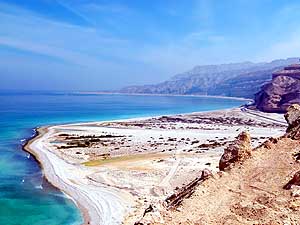
|
-
-
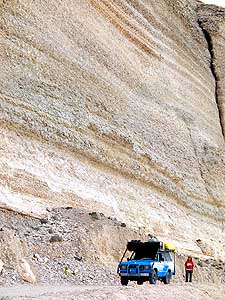
|
-
-
-
-
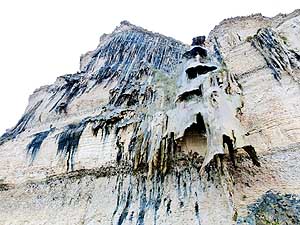
|
- 211
This is the spit of Wadi Raykhut
- near Hadbaran (Ras Tihrar), about 6 miles
- before Hasik. From then on the smooth
- road follows directly the narrow shoreline
|
- 212
Short before Hasik, the most south-
- eastern end of the Dhofar coast, vertical
- limestone walls rise towards the sky.
- How small our LandCruiser and
- Liliana are in comparison
|
- 213
Spectacular dripstone
- formations overhang the
- sandstone cliffs near Hasik
|
-
|
-
-
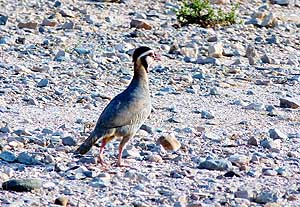
|
-
-
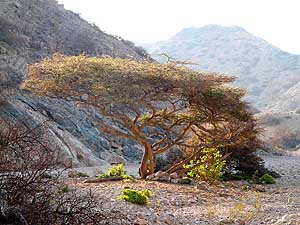
|
-
-
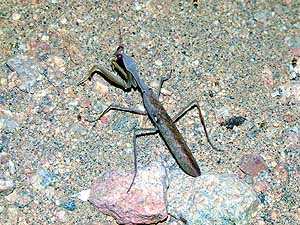
|
- 214
Bird or hen? The Arabian Partridge
- (Alectoris melanocephala) near Ras
- Tihrar/Hadbaran, northwest of Hasik
|
- 215
The rays of the rising sun get
- caught up in the branches of a large
- acacia tree in a valley of Jebel Samhan
|
- 216
Attracted by the light of our lamp,
- a praying mantis (Mantis religiosa)
- visits us at our bush camp near
- Hadbin in the Jebel Samhan range
|
-
|
-
-
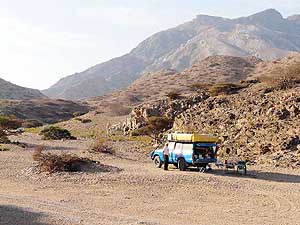
|
-
-
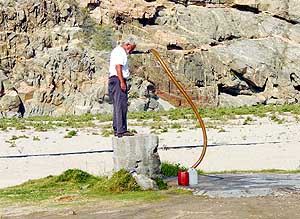
|
-
-
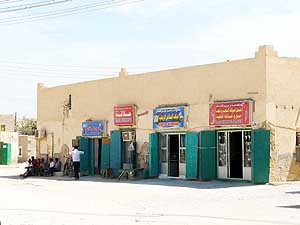
|
- 217
Our camp in a dry wadi near Hadbin
- between Hasik and Sadah. We observe the
- skies carefully because sudden flashfloods
- could be fatal in a riverbed
|
- 218
At a water filling station Emil is
- refilling also two of our bottles with the
- huge hose. Remote areas still rely on
- the water supply by tank trucks
|
- 219
A typical small shopping street
- in Mirbat, 40 miles east of Salalah.
- Laundries, tailors and hairdressers
- prevail
|
-
|
-
-
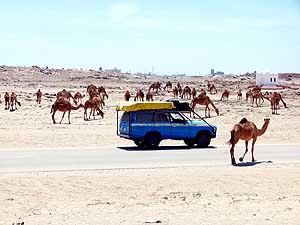
|
-
-
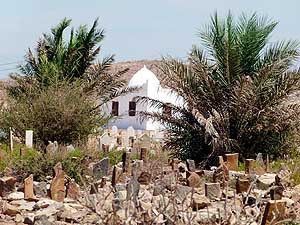
|
-
-
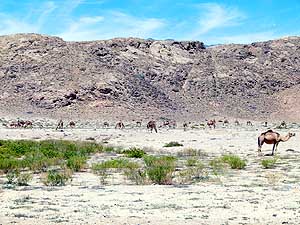
|
- 220
Means of transport of the old
- and new world meet at the Bin Ali
- tomb in Mirbat
|
- 221
Behind the simple and nameless
- tombs of the Moslem cemetery the
- white one of another tomb of the
- Bin Ali mausoleum appears
|
- 222
In the southern Dhofar region of
- Mirbat we encounter huge herds
- of camels roaming around freely
|
-
|
-
-
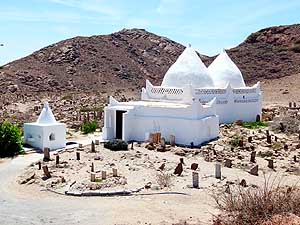
|
-
-
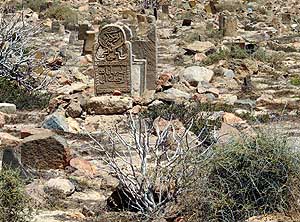
|
-
-
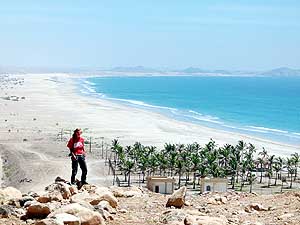
|
- 223
The striking snow-white structure
- of the Bin Ali tomb in Mirbat with its
- bright shining twin domes catches
- our attention from far …..
|
- 224
..... there are headstones with
- fine inscriptions in the surrounding
- cemetery
|
- 225
Liliana is standing on a hill over-
- looking miles of a deserted beach
- between Mirbat (in the background)
- and Taqah
|
-
|
-
-
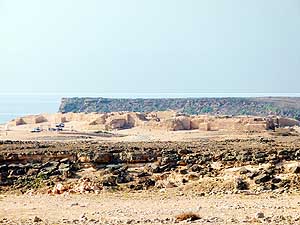
|
-
-
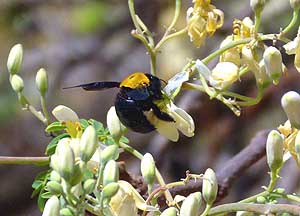
|
-
-
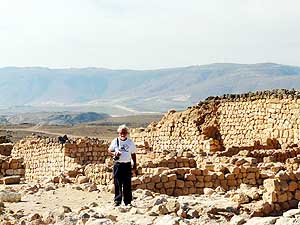
|
- 226
At “Khor Rori“, 21 miles east of
- Salalah, are the ruins of the biggest
- trading post of the frankincense route.
- It’s said that the Palace of the Queen
- of Sheba stood once here too
|
- 227
A bumblebee is sucking
- nectar from a white blossom
|
- 228
Emil is standing at the crumbled
- walls of the ancient frankincense port
- of “Khor Rori”. It is said to date
- back to the first century
|
-
|
-
-
-
-
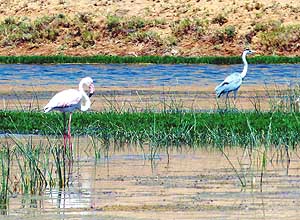
|
-
-
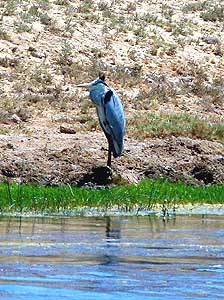
|
-
-
-
-
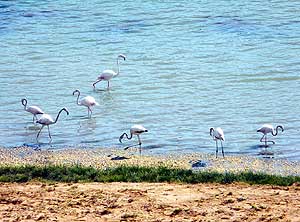
|
- A lovely place for birdwatchers: Many species frequent the quiet lagoon at “Khor
Rori”
|
- 229
A Greater Flamingo
- (Phoenicopterus roseus) and a
- Great Blue Heron (Ardea herodias)
|
- 230
Sleeping Great Blue Heron
- (Ardea herodias)
|
- 231
A flock of Greater Flamingo
- (Phoenicopterus roseus)
|
-
|
-
-
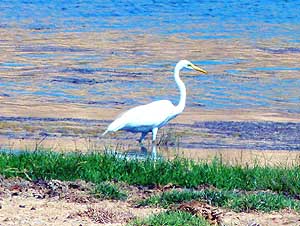
|
-
-
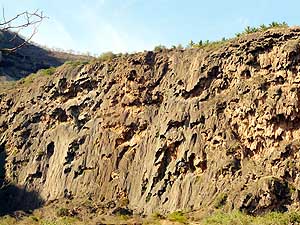
|
-
-
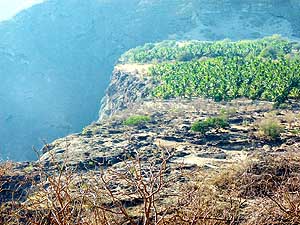
|
- 232
A paradise for water birds: The
- lagoon of “Khor Rori“: Intermediate
- Egret (Ardea intermedia), also
- called Great White Heron
|
- 233
Formations looking like stalactites
- cover the 1'000 ft. high cliff at Wadi
- Dharbat. It is called the „Travertine
- Curtain“ (after a type of rock) …..
|
- 234
..... in the rainy season (mid-June
- to late-August) the water of the entire
- Wadi Dharbat flows from this escarpment
- over the cliff, often as a spectacular water-
- fall, causing the dripstone formations
|
-
|
-
-
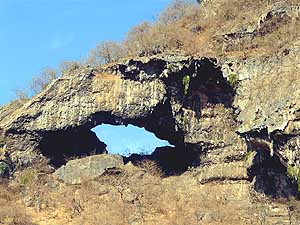
|
-
-
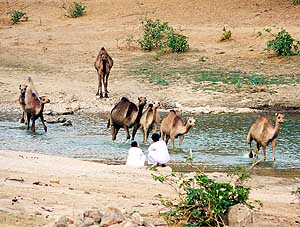
|
-
-
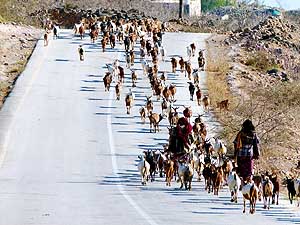
|
- 235
Wind and weather formed a
- natural window in the soft rock
- of Wadi Dharbat
|
- 236
Camels are crossing the water
- of the dwindling lake at Wadi Dharbat.
- They are not disturbed by the two
- locals who are sitting nearby
|
- 237
The pasture in Wadi Dharbat
- is also feeding ground for goats that
- roam around with their herdsmen
|
-
|
-
-
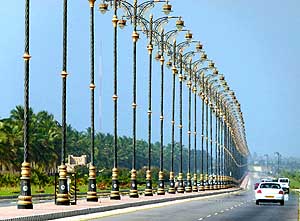
|
-
-
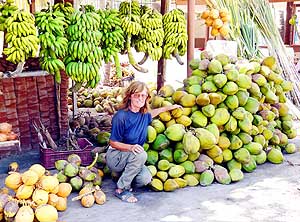
|
-
-
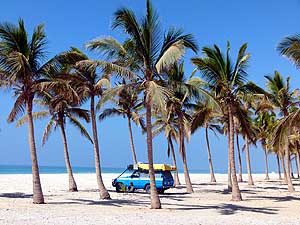
|
- 238
Entering Salalah, the second
- biggest Omani town in the south,
- hundreds of oriental street
- lights line the avenue
|
- 239
A street shop in Salalah is cramped
- with coconuts and bananas that grow
- in the fertile plains of Dhofar
|
- 240
What is scarce in the north – Salalah
- has it: Palm fringed sandy beaches where
- camping is permitted. This one is at the far
- eastern end of the city that is also the
- meeting point of overland travelers
|
-
|
-
-

|
- 241
A caravan of camels moves along Salalah’s seashore. Nowhere else we have seen
such big herds like here in Dhofar
|
-
|
-
-
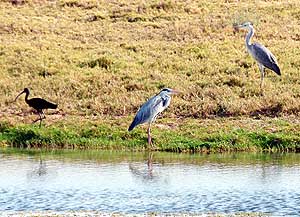
|
-
-
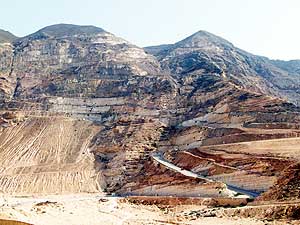
|
-
-
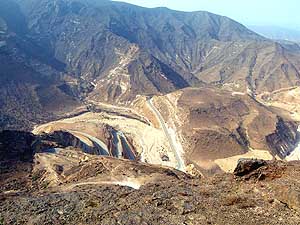
|
- 242
The beach at Mughsayl, 21 miles
- west of Salalah, attracts different kind
- of wading birds:left = Glossy Ibis
- (Plegadis falcinellus); right = two
- Great Blue Heron (Ardea herodias)
|
- 243
At Mughsayl, along the highway
- from Salalah to the Yemen border, the
- road climbs steeply in narrow hairpin
- bends from the Wadi Aful river bed up
- to the mountain ridge – 3’300 ft. with
- only eight switchbacks …..
|
- 244
..... and this is how the masterpiece
- looks from above
|
-
|
-
-
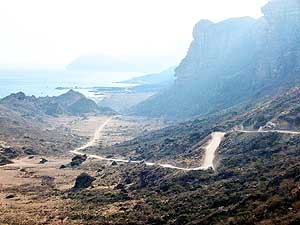
|
-
-

|
-
-
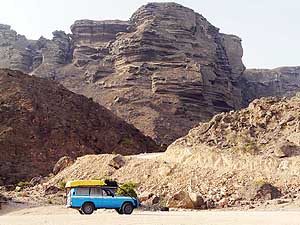
|
- 245
Shortly after the hairpin ascent –
- 8.4 miles after the Maha petrol station in
- Mughsayl – a four miles long gravel road
- branches off to “Fizayah” – a picture book
- bay with white sandy beach, rock towers
- and a labyrinth of caves …..
|
- 246
….. tracks crisscross to
- secluding camping spots
|
- 247
Doesn’t match our blue
- LandCruiser the stunning scenery
- of the “Fizayah” Bay?
|
-
|
-
-
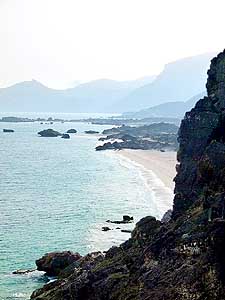
|
-
-
-
-
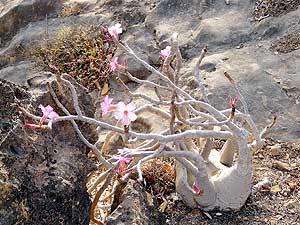
|
-
-
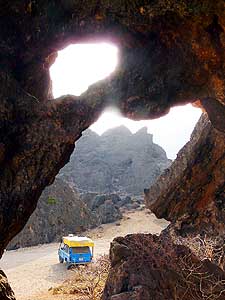
|
- 248
View over the whole ”Fizayah”
- Bay. Encircled by a turquoise sea and
- dark mountains it is one of the most
- beautiful bays in Oman
|
- 249
The delicate flowers of the bottle
- trees (Adenium obsium), called also
- desert roses, add to the beauty of
- “Fizayah” bay. We’ve seen them the
- last time on Socotra Island/Yemen
|
- 250
Wind and weather have carved
- beautiful caves and natural windows at
- Fizayah Bay. And our LandCruiser
- “stands” right in the middle
|
-
|
-
-
-
-
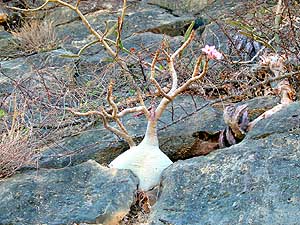
|
-
-
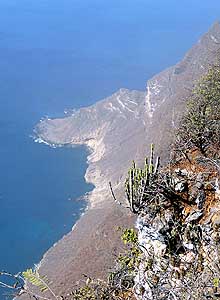
|
-
-
-
-
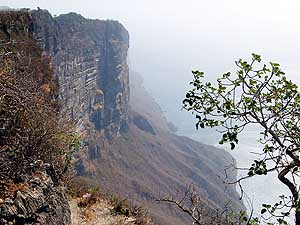
|
- 251
An almost perfectly formed bottle
- tree (Adenium obsium), also called
- desert flower, blooms at the „Fizayah“
- bay between the slabs of rock
|
- At the west coast of Salalah there are stunning views over the steep cliffs and
- the Arabian Sea: from the Shaa viewpoint at Ras Sajir near Ajdarawt .....
|
| 252
..... towards the west (Yemen) |
253
..... towards the east (Salalah) |
-
|
-
-
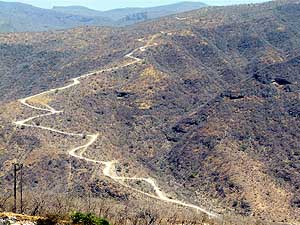
|
-
-
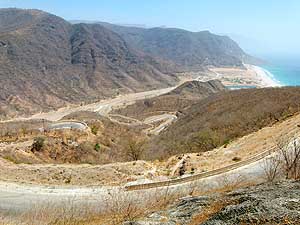
|
-
-
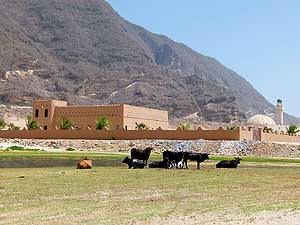
|
- 254
At Rakhyut, a sleepy fishing village,
- a track meanders through the mountains.
- Where might it go?
|
- 255
A paved road descends in switch-
- backs down to the secluded bay of
- Rakhyut. It is the second last village along
- the seashore before the Yemen border
|
- 256
A few black cows is the only
- life we encounter at our arrival in the
- fishing village of Rakhyut
|
-
|
-
-
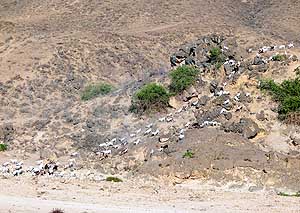
|
-
-
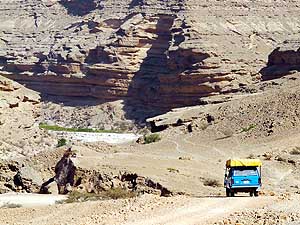
|
-
-
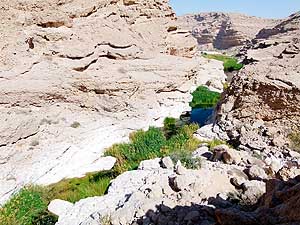
|
- 257
A herd of goats is rushing down
- a slope. It will be brought to another
- grazing area by its herdsman
|
- 258
Over a bumpy track we drive
- towards the viewpoint of Wadi Uyun
- northwest of Salalah. Is there really a
- green valley in this barren area? .....
|
- 259
..... yes, there is: Deep below
- us a green reed belt stretches along
- the narrow canyon with blue
- shimmering little pools
|
-
|
-
-
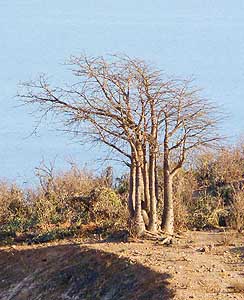
|
-
-
-
-
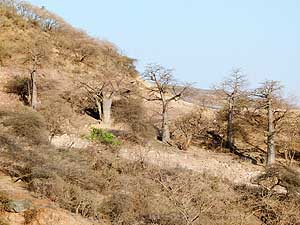
|
-
-
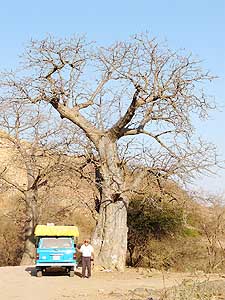
|
- 260
|
- 261
|
- 262
|
- Baobabs in Oman are by far not as impressive as those in Madagascar.
The trunks are not as huge and some
- look just like a bundle of roots. It is difficult to determine their age since they do
not have annual growth rings
|
-
|
-
-
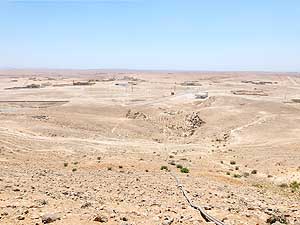
|
-
-
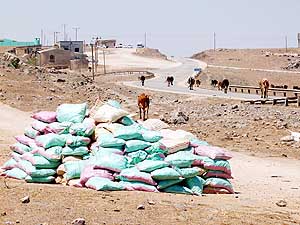
|
-
-
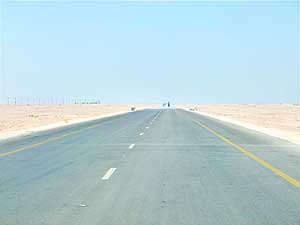
|
- 263
This is how dry the landscape in
- Dhofar looks in March. In August the
- rain-bearing fog – locally known as
- “Khareef” – will transform the land into
- lush green. This phenomenon attracts
- thousands of local visitors each year
|
- 264
Bags with camel dung are brought
- to a collecting place and from there
- transported to Muscat and even
- further. It will be used as fertilizer
|
- 265
In the interior, on the road No. 31,
- we drive for more than 450 miles
- through a monotonous flat desert
- plain bare of any vegetation …..
|
-
|
-
-
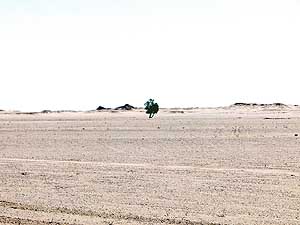
|
-
-

|
-
-
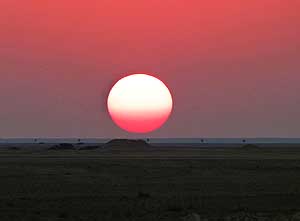
|
- 266
..... spotting a single tree is
- already a sensation
|
- 267
After 300 miles of driving, we settle
- down for the night in a pristine desert two
- miles off the road between Dawkah and
- Qatbit. The tires of our LandCruiser and
- our footsteps are the only traces …..
|
- 268
..... in the morning, the rising
- sun is greeting us with a huge ball
|
-
|
-
- More websites from Oman:
- Oman 1999 - from mid-March to mid-April
1999
- Oman 2013 – Part 1 - February
2013: Musandam Peninsula
- Oman 2013 – Part 2 - February
2013: Sohar - Muscat - Rustaq - Nizwa
- Oman 2013 – Part 3 - March
2013: Sur - East Coast - Island of Masirah - Dhofar
- Oman 2013 – Part 5 - March 2013: Western Hajar
Mountains
- (Oman 2013 – Part 6) - April 2013:
Omani Madha Exclave in the UAE
-
- More websites from the Middle East:
- Fairytale Wedding in Dubai - United
Arab Emirates - with our car from February 7th, to May 20th, 1999
- Sharjah + Dubai: United Arab Emirates - without our vehicle from February 19th, to 27th, 2011
- Sharjah/Dubai/1st Traveler's Festival/Emirates
National Auto Museum - UAE with car Nov. 2012 to
Jan. 2013 - part 1
- Liwa - United Arab Emirates with
our car in February 2013 - part 2
- Al Ain, Eastcoast & Ras al Khaima - United
Arab Emirates with our car in April 2013 - part 3
- Welcome to Kuwait on March 3rd, 1996
- Yemen car trip (from Oman to Saudi Arabia)
- from May 16th, to June 15th, 1996
- Sandstorm in Saudi Arabia on February 4th, 1999
- Trip to Dubai in January and February
1999
- Iran 2013 – Part 1: Ferry Port Bandar
Abbas-Shiraz-Persepolis-Pasargad (between
Persepolis and Yazd)
- Iran 2013 – Part 2: Pasargad
(excl.)-Yazd-Esfahan – May 2013
- Iran 2013 – Part 3: Esfahan (excl.)-Chelgerd-Hamadan-Sanandaj-Orumiyeh –
May 2013
- Turkey 2013 –
Eastern Anatatolia - June 2013
- Socotra - without our car from February 9th, to 19th, 2011:
- Part 1: Socotra trip in Yemen (East) –
Hadibo - Dihamri - Arher Beach
- Part 2: Socotra trip in Yemen (South) – Homhil - Aomak Beach - Wadi Daerhu - Dicksam Plateau
- Part 3: Socotra trip in Yemen (West) – Qalansiya - Shouab Beach - Qadama Beach - Momi Plateau - Wadi Ayhaft
|
-
|
